The Role of Middlebrow Literature in Bridging Cultural Gaps
Posted on Sep 27, 2023 in Popular Middlebrow Literature
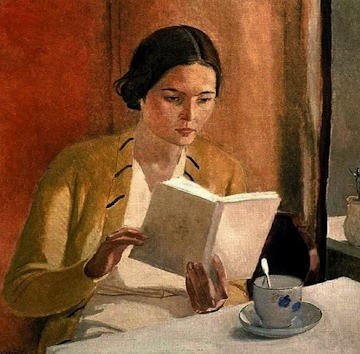
The phrase “middlebrow” refers to “easily accessible” art, primarily literature, and also refers to those who use the arts to advance socially and culturally. Middlebrow is concerned with the cultural impact of middlebrow literature, middle-class concerns and middle-class individuals. So-called “highbrow” writers and critics of the 20th century, such as Virginia Woolf and Dwight Macdonald, frequently rejected these realistic stories in favour of avant-garde postmodern literary forms.
Often caught between the highbrow’s intellectual rigour and the lowbrow’s mass appeal, middlebrow literature has emerged as a significant force in bridging cultural gaps. Here, we will look at the role of middlebrow literature in fostering cultural understanding and empathy, highlighting its power to connect disparate worlds.
Defining Middlebrow Literature
Middlebrow literature, broadly speaking, refers to works that balance literary merit with mainstream accessibility. These books challenge the reader without alienating them, offering entertainment and insight. This genre often includes historical fiction, family sagas, and socially conscious novels. They are stories that resonate with vast readers, providing a common ground for diverse audiences.
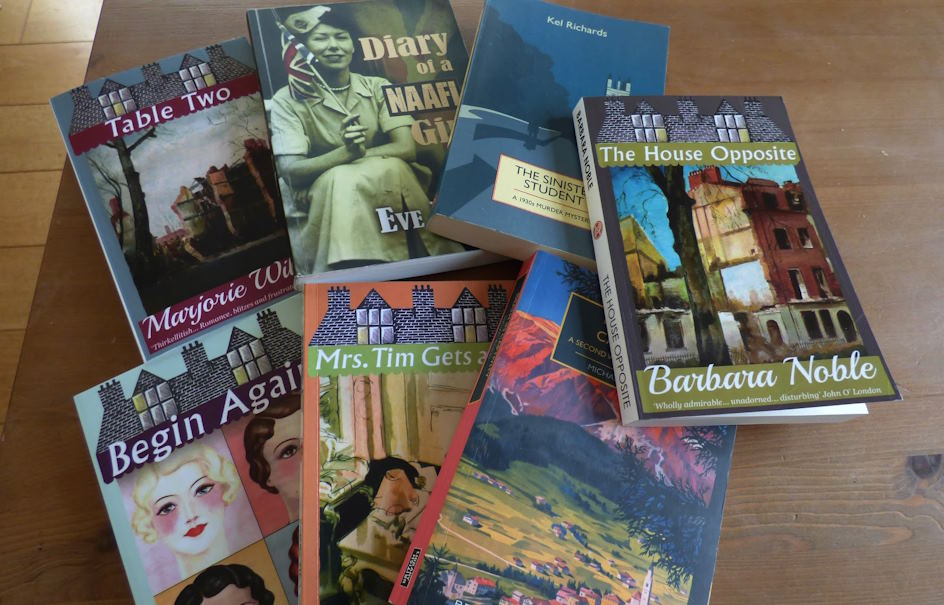
Bridging Cultural Divides Through Storytelling
The effective aspect of middlebrow literature fosters cultural understanding is its ability to bring different cultures into the lives of readers worldwide. An engaging narrative, these books introduce readers to new geographical landscapes, historical periods, and social contexts. These stories act as windows into worlds that may be geographically distant or culturally distinct, fostering a deeper understanding and empathy.
The Universal Appeal of Human Stories
Middlebrow literature often focuses on universal themes such as love, family, conflict, and identity. This universality is essential to its ability to bridge cultural gaps. Regardless of the setting or the character’s backgrounds, readers from different parts of the world can connect with the fundamental human emotions and experiences depicted in these stories.

Educational yet Engaging
The middlebrow literature’s contribution to cultural unity can be both educational and engaging, striking a balance that is crucial for cultural exchange. While highbrow literature may be too dense or esoteric for general readers, and lowbrow literature may lack depth, middlebrow books are accessible yet informative. They educate readers about different cultures and social issues in a fascinating way, making learning an integral part of the reading experience.
Promoting Empathy and Tolerance
By presenting characters and societies in all their complexity, middlebrow literature encourages readers to empathise with people whose lives are vastly different from their own. This empathy is the first step towards tolerance and understanding. In an increasingly polarised world, such literature plays a- vital role in promoting open-mindedness and respect for diversity.


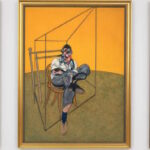





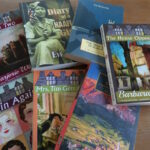


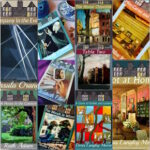

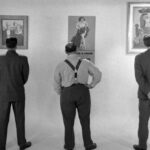





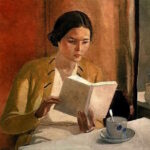

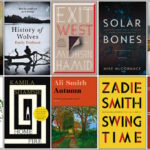



 Explore the grey area of culture at Middlebrow Network. Our site delves into the loaded and disreputable term ‘middlebrow,’ offering a unique perspective on its evolution and impact. Join us in decoding cultural complexities.
Explore the grey area of culture at Middlebrow Network. Our site delves into the loaded and disreputable term ‘middlebrow,’ offering a unique perspective on its evolution and impact. Join us in decoding cultural complexities.